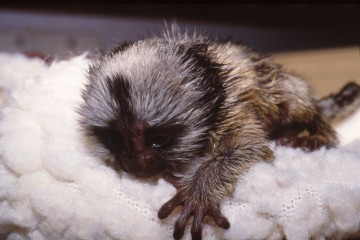PhD Studentship
Refinement of rearing practices in marmosets

At a glance
Completed
Award date
October 2010 - January 2015
Grant amount
£120,000
Principal investigator
Professor Hannah Buchanan-Smith
Co-investigator(s)
- Mr Mike Plant
- Ms Jo Sanders
Institute
University of Stirling
R
- Refinement
Read the abstract
View the grant profile on GtR
